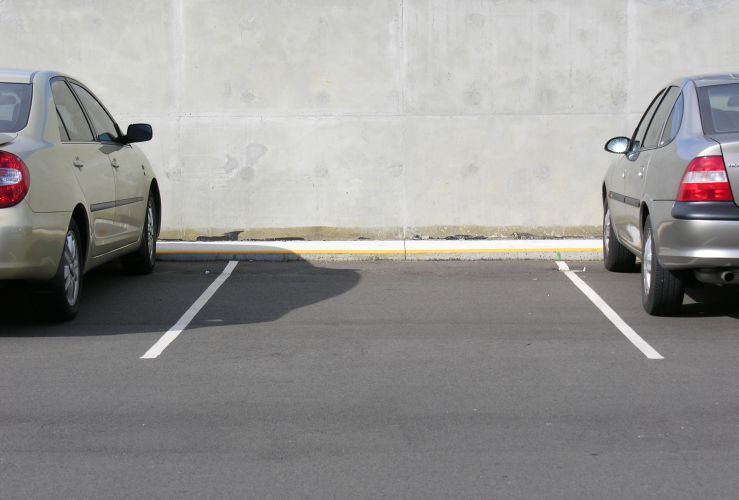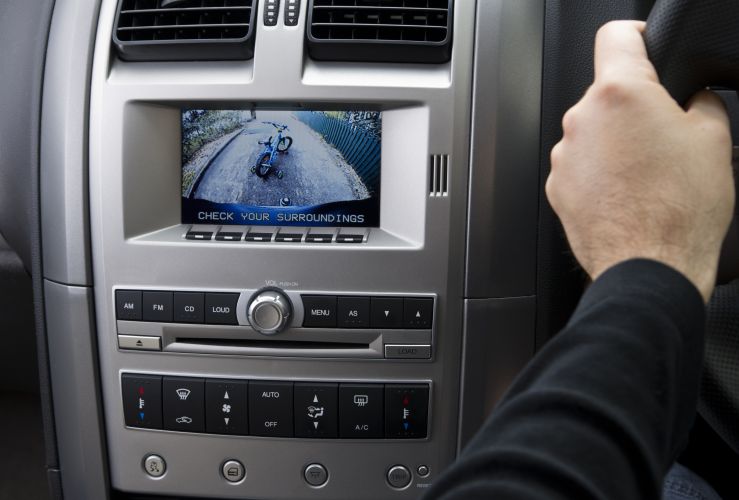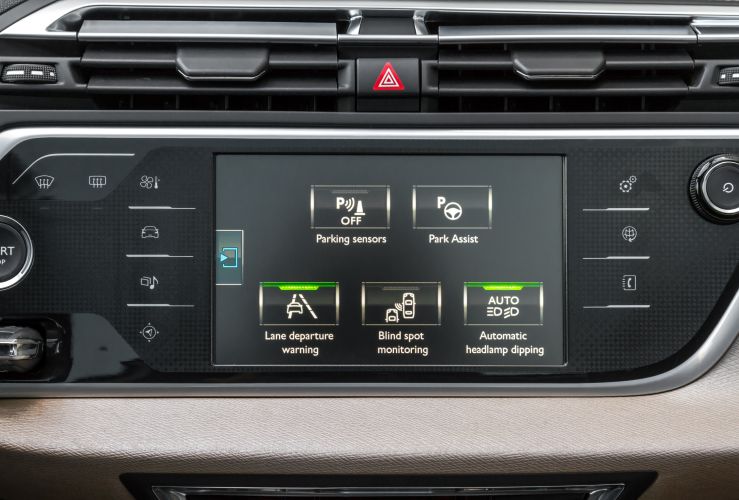
For some motorists, parking is one of the more challenging aspects of driving a car: the process requires steady concentration alongside good steering, acceleration and braking control skills.
But in their ongoing quest to make driving easier and more pleasant, many car makers have developed parking assist technology.
Since park assist has been around for a number of years, how a particular system works can vary across makes and models, with some newer systems taking over almost the entire parking process.
Most modern park assist systems help with parallel, perpendicular and diagonal/angle parking.
Park assist systems emit beeps which increase in frequency the closer the car is to an obstacle. A continuous beep may sound when the vehicle is very close to an object.

Park assist systems nearly always feature a dashboard ‘backup’ video display of the parking area. This helps identify any pedestrians, vehicles or other obstacles that may appear in the vehicle's path.
More modern park assist systems identify suitable parking spaces using sonar sensors - meaning drivers no longer need to worry about being able to accurately judge if there is enough space to park.
The most advanced park assist systems actually control a vehicle's steering, braking and acceleration; these are usually operated by holding down a button. Strictly speaking, this kind of system might be regarded as 'self parking' rather than ‘park assist’. Some systems even allow the self parking process to be controlled from outside the vehicle using a fob or smartphone app.

Other park assist systems only control the steering, while leaving the clutch, acceleration and braking to the driver. This still demands concentration, as acceleration and braking must occur at the right times.
Toyota was a pioneer of commercial parking assist, with its Intelligent Parking Assist System, launched in 2003. Early versions had trouble detecting smaller objects such as cats, and imminent-collision warning beeps would sound constantly in very tight parking spaces. This system, along with those from other manufacturers, has evolved to be far more effective and easy to use.
Some older parking systems work by emitting beeps which increase in frequency as the vehicle nears an obstacle - but do not control steering, clutch, throttle or braking.
While park assist/self parking systems make parking much easier, the driver is still responsible for ensuring the vehicle does not hit any other road users, pedestrians or property. Park assist systems can be overridden at any time and the driver must be vigilant of any emergent hazards.
Some experienced drivers may find that parking manually - ‘the old fashioned way’ - is actually faster than using parking assist or self-parking systems.
With the much-vaunted and imminent arrival of self-driving cars, parking assist systems are only going to get more sophisticated - fully eliminating the stress that can arise when finding and entering a parking space.




